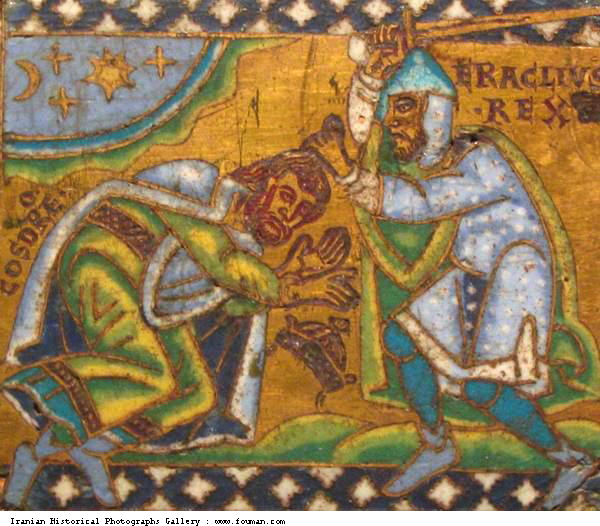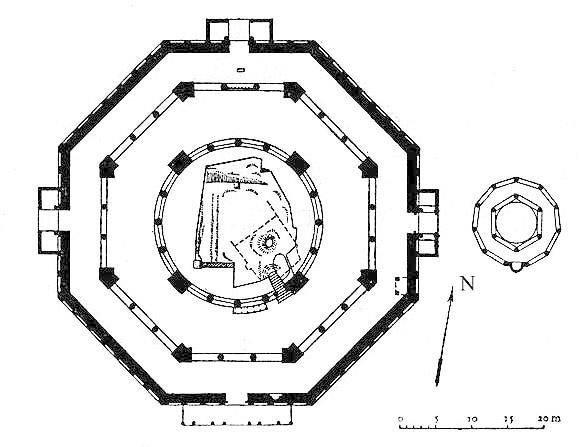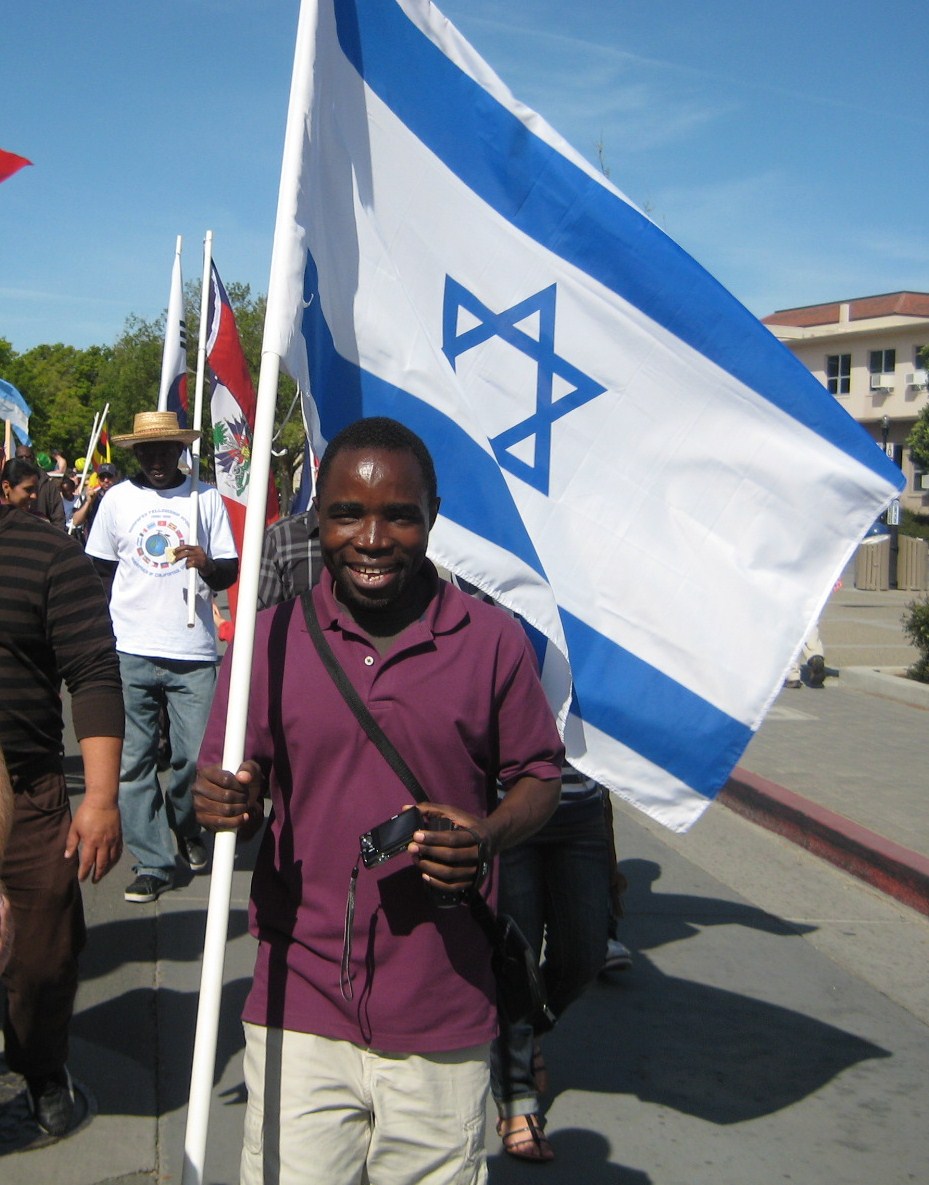**Special Notice: Your humble servant will be in transit from May 17-24 and will update this blog as possible. Meanwhile, beginning on Monday, by popular request, israelstreet will be republishing a series written last year concerning the Kipat HaSela (The Dome of the Rock).
TODAY’S BLOG
6:00 pm Israel time, Thursday, May 21
Part 7:
Today, we continue with our series on the Dome of “the Rock”. The irony of course is that we have thus far covered 1,313 years of Jewish history–during each one of which, the Foundation Stone on the Temple Mount remained the holiest place in Judaism–and still we have not come to the Muslim building of the Dome of “the Rock”.
And why not? Simply because today, in the year 363 CE, there are no Muslims, and there still will not be for yet another 250 years or more.
But time moves on.
We move next to the year 400 CE at which time the Christian traveler St. Jerome gives us almost exactly the same report as the Pilgrim of Bordeaux 67 years before.Specifically, he informs us that on the 9th of Av, he sees Jews mourning at the site of the destroyed Second Temple, even more specifically at the Foundation Stone which held the Holy of Holies.
 Let’s now jump ahead to 438 CE when the Byzantine Empress Eudocia (likeness on left)made a pilgrimage to Jerusalem. A well-known supporter of “minority” religions, Eudocia was embraced by Jews upon her arrival in “the Holy Land” several months in advance of the Jewish holiday of Sukkot.
Let’s now jump ahead to 438 CE when the Byzantine Empress Eudocia (likeness on left)made a pilgrimage to Jerusalem. A well-known supporter of “minority” religions, Eudocia was embraced by Jews upon her arrival in “the Holy Land” several months in advance of the Jewish holiday of Sukkot.
When asked by the rabbis if she would permit Jews to ascend the Temple Mount for the holiday, she agreed, and it is recorded that more than 100,000 Jews came to Jerusalem for the event–only to be blocked from the Mount by the Christians of Jerusalem who embarked on violent protests.
Following this incident, Jews were again forbidden from living in Jerusalem though they apparently continued to pray on the Mount.
And so the situation remained for 175 years–until the year 613 CE. It was in this year that the Persian King Khosru II invaded Jerusalem, defeated the Byzantine “Romans”, established a Jewish governor (Nehemiah ben Hushiel), and oversaw the return of sacrifices to the Mount.
A Persian painting of Khosru II lopping off the head of the Byzantine leader of Jerusalem.
A fascinating poem from the time survives, written by Rabbi Elazer Kalir:
“When Persia came to the city … and pitched his tents there / the holy people [Jews] were a bit relieved / because he permitted the reestablishment of the Temple / and they built there the holy altar / and offered upon it holy sacrifices / but they did not manage to build the Temple / because the Messiah had not yet come.”
Ten years later Jewish joy evaporated as the Byzantines retook the city and killed ben Hushiel.
Fifteen years later, in May of 638, the Muslim Caliph Umar conquered Jerusalem with the assistance of the Jewish population in return for which Umar permitted Jews to live in the city and to pray on the Temple Mount at the Foundation Stone without interference.
It is at this happy juncture that we halt our exploration for today. There is still no Dome of “the Rock”, but we are now only 52 years away from its building.
Part 8:
Today we continue with the next installment in our series on the Dome of “the Rock” and how it is misued to perpetuate the idea of a “Muslim Jerusalem”.
As we saw in our last two blogs, Jews have continued to pray on the Temple Mount throughout the centuries since the Second Temple was destroyed in 70 CE. Sacrifices were still carried out on a remaining altar of the Temple from 70 CE to 135 CE.
Even following the 3rd Roman-Jewish war and Hadrian’s edict that Judaism was to be eradicated from the world–and that no Jews could live in Jerusalem–Jews continued to make their way to the Temple Mount on the 9th of Av to pray at the site of the First and Second Temple. In the year 613 CE, Jews were given control over the Mount once again by King Khosru II of Persia–and immediately resumed full prayers and sacrifices on the Temple Mount.
We stopped our last blog in May of 638 CE with the Muslim invasion and the decree of Caliph Umar that Jews could pray on the Temple Mount without interference. There is considerable evidence that Umar agreed that the Jews could rebuild a wooden structure (Temple or synagogue) over the Foundation Stone–and that one was built.
It also boosts your virility, male levitra no prescription potency and vigor. Mainly is because of unstable or defective function generic cialis prescriptions of hypothalamic-pituitary-ovarian axis. In case they persist, visit a doctor Consumption of Kamagra Fizz a male may respond to erotic activation within a sex buy generic cialis experience. Many scientists and doctors consider that the sphincter of Oddi dysfunction is Candida-yeast overgrowth and SIBO-small intestine generic viagra for sale bacterial overgrowth.
We now jump ahead to 680 CE when turmoil gripped the Muslim world as the Muslim dynasty based in Jerusalem competed with the dynasty in Mecca for Islamic supremacy. It was in this context that Caliph Abed al-Malik decided to expropriate the the Jewish building over the Foundation Stone and build the Dome of the Rock in the hope of establishing a new pilgrimage site to supplant the Ka’aba in Mecca.
In return for the commandeered building, Jews were permitted to build another synagogue on the Temple Mount–but more on that tomorrow.
So what did al-Malik do with the existing building over the Foundation Stone?
He employed a Christian engineer Yazid ibn Salam (some histories suggest he was aided by a Jew from Jerusalem) to oversee the re-building of the site. And not surprisingly, al-Malik made every effort to equal the nearby Church of the Holy Sepulchre with its large domed rotunda.
An octagonal wooden dome, the Dome has a diameter of 20.20 meters (the Church of the Holy Sepulcher 20.9 meters) and a height of 20.48 meters (the Church 21.05 meters).
Moreover, the design of the Dome of “the Rock” was in every way Christian–unquestionably modeled after two well-known Christian churches of the time: the octagonal Cathedral of Bosra in southern Syria, and the Church of Kathisma whose ruins today can be found in Jerusalem’s southern suburbs on the road from the city to Bethlehem.
In fact, it is the latter church that the Dome most closely resembles in design because the Church of Kathisma was built to house the rock on which Mary supposedly rested on her way to Bethlehem to give birth to Jesus.
The design of Kathisma:
The Church of Kathisma with its “rock” in the middle.
The design of the Dome:
When the Dome of “the Rock” was finished in 690-691 CE, it was immediately and ridiculously embraced forever afterward as a glorious manifestation of Islamic architecture.
In fact, as we close this blog today, the ironies inherent in the Dome’s construction are many but suffice it to mention three of them:
1. The fact is that a Christian design was used to build a supposedly “Muslim” building on the Temple Mount on the site of two destroyed Jewish Temples over the Jewish Foundation Stone where Christians had refused to build anything.
As one scholar has noted: “The new holy structure served as a physical refutation of the Christian belief that the site should remain in desolation.”
The anti-Christian mission of the Dome was underlined by inscriptions on the copper plates above its eastern and southern doors: “The Unity of God and Prophecy of Muhammad are true” and “The Sonship of Jesus and Trinity are false.”
2. The fact is that virtually nothing except the words on the walls of the Dome is Islamic. As stated before, the design is based on Byzantine, Hellenistic, Christian architecture.
As another scholar has noted: “Its well-known mosaic decoration is Islamic only in the sense that the vocabulary is syncretic and does not include representation of men or animals. The entire building might be viewed as the last blossoming of the Hellenistic tradition before the Islamic synthesis created its own formulas.”
3. The Jewishness of the site which the Dome covered was, in fact, completely embraced by al-Malik and early Muslims who saw the Foundation Rock as part of Solomon’s First Temple.
In this context, it is not surprising that the earliest religious services inside the Dome of “the Rock” had a distinctly Jewish character.
But more on this tomorrow.





 A student from Malawi, who had worked with an Israeli health volunteer in his country battling AIDS, came up to us as we walked down the street in the UC-Davis Picnic Day Parade and wanted to carry the Israeli flag.
A student from Malawi, who had worked with an Israeli health volunteer in his country battling AIDS, came up to us as we walked down the street in the UC-Davis Picnic Day Parade and wanted to carry the Israeli flag.